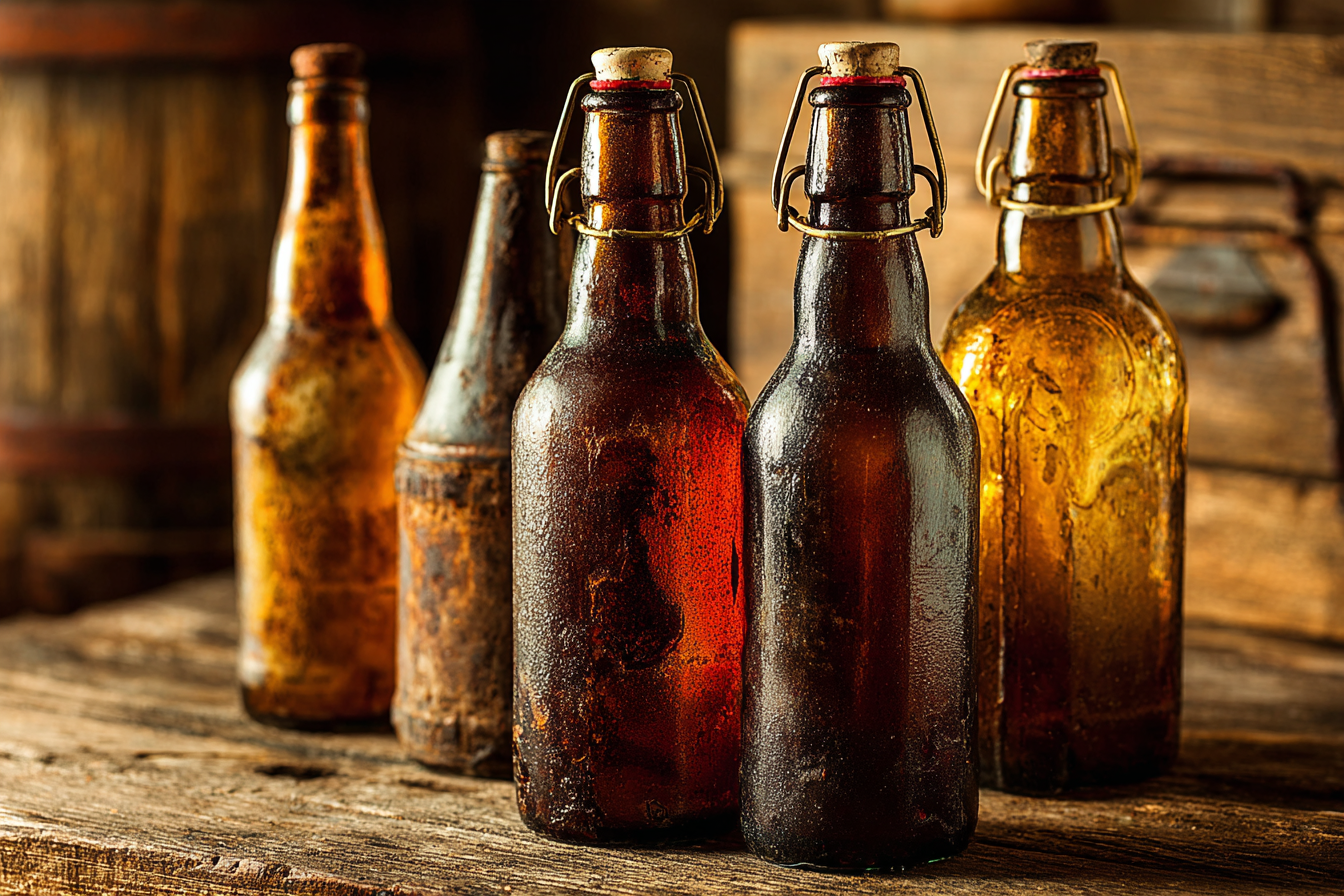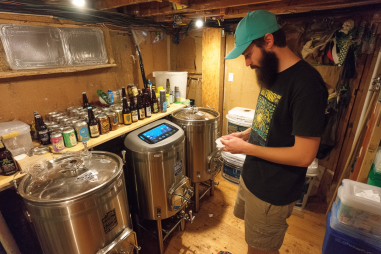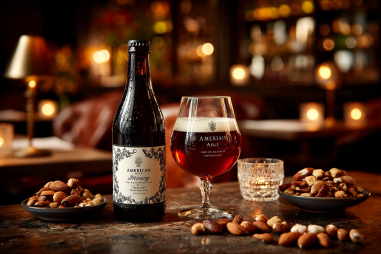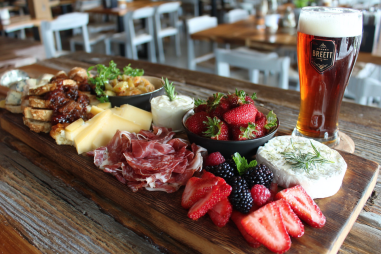The Baltic porter is a remarkable beer style that carries with it centuries of rich brewing tradition from the northern shores of Europe. Known for its deep, dark color and complex flavor profile, it’s a brew that has fascinated beer enthusiasts worldwide. From its unique origins in the Baltic Sea region to its modern revival by craft brewers, Baltic porter stands as a testament to how cultural exchange and brewing innovation intersect. Let’s take a deep dive into the history of this distinctive beer and uncover the stories behind its evolution.
Origins in the Baltic Sea Region
The story of Baltic porter begins along the coasts of the Baltic Sea, encompassing countries like Poland, Russia, Lithuania, Latvia, Estonia, and parts of Germany and Sweden. This beer style emerged during the 18th and 19th centuries, influenced heavily by the maritime trade routes that connected these northern regions to Western Europe.
At that time, the Baltic Sea was a hub of commercial exchange, including the movement of beer styles, ingredients, and brewing knowledge. The region’s port cities became melting pots where ideas from different brewing traditions blended. Local breweries began adapting and tweaking the styles they encountered, creating darker, stronger porters tailored to regional tastes and climatic conditions.
Influence of English Porters and Lager Techniques
The Baltic porter owes much of its original inspiration to the English porter, a popular dark beer style that gained prominence in London in the 18th century. English porters were known for their robust malt character and rich, toasty flavors. Traders and brewers around the Baltic Sea discovered these beers and imported them frequently, influencing local brewing practices.
However, what makes Baltic porter unique is the blending of English porter characteristics with lager fermentation techniques common in Central and Eastern Europe. While English porters were traditionally ale-style, fermented with top-fermenting yeast at warmer temperatures, Baltic porters employed bottom-fermenting lager yeast and were cold-fermented. This hybrid production method resulted in a smoother, cleaner beer with a robust malt backbone but less fruity esters than typical ales.
Historical Brewing Methods and Evolution
The brewing process for Baltic porter has evolved alongside advancements in technology and changing consumer preferences. Early versions of Baltic porter were typically strong and heavy, achieved by using a high percentage of pale and dark malts along with long fermentation and maturation periods. Brewers utilized locally available ingredients, including a variety of malts to impart rich chocolate, caramel, and roasted notes.
One essential aspect of traditional Baltic porter brewing was extended cold conditioning (lagering), which could last several months. This lengthy maturation helped mellow the beer’s flavors, reduce harshness, and build complexity. Historical records show that these porters often reached alcohol contents upward of 7 to 9 percent ABV, making them substantial beers prized for their warmth and depth.
Over time, slight regional variations emerged. For instance, Russian versions often leaned towards sweeter, syrupy profiles, while Polish Baltic porters maintained a dry, well-balanced character. These subtle differences are reflective of local preferences and ingredient availability.
Role in Regional Cultures and Societies
Baltic porter was more than just a beverage; it played a meaningful role in the social and cultural fabric of the Baltic Sea region. Historically, this style was favored during cold winters and special occasions, where its warming qualities were highly appreciated. The beer’s robust nature made it ideal for enduring the harsh northern climates, earning it a reputation as a hearty and satisfying drink.
In many Baltic and Eastern European countries, the porter became embedded in regional identity. Breweries that specialized in this style often became landmarks, and the beer itself was passed down as a treasured tradition. Beyond social gatherings, Baltic porter was sometimes enjoyed as a staple in taverns, where it brought together communities and fostered camaraderie.
Revivals and Modern Craft Brewing
By the mid-20th century, changes in the brewing industry and the rise of mass-produced lagers caused Baltic porter to decline in popularity. It became somewhat of a historical curiosity, overshadowed by lighter and more commercial beer styles. However, the beer’s rich history and deep flavors captured the imagination of craft brewers and beer enthusiasts starting in the late 20th and early 21st centuries.
Today, Baltic porter experiences a renaissance. Craft breweries across the globe, from the Baltic states to the United States and beyond, are producing their own takes on the style. These modern versions often respect the traditional brewing techniques, such as cold fermentation and long maturation, while experimenting with variations in malt profiles, hops, and adjuncts.
This revival has brought renewed attention to Baltic porter’s unique character—its balance of sweetness and roast, its smoothness from lager yeast, and its impressive complexity. Craft brewers also highlight the beer’s historical roots in marketing and storytelling, connecting drinkers with a centuries-old brewing tradition.
Why the History Matters in Appreciating Baltic Porter
Understanding Baltic porter’s rich history offers a deeper appreciation beyond just its taste. This beer embodies a fusion of cultures, techniques, and environments that have shaped its identity. Every sip provides a connection to the Baltic coastal cities, the English porters that inspired it, and the generations of brewers who refined and preserved the style.
When we recognize the historical context, we see Baltic porter not just as a beverage but as a cultural artifact—a liquid narrative of commerce, innovation, and tradition. Whether you are a seasoned beer lover or new to the world of craft brews, knowing the story behind Baltic porter enriches the experience and enhances the enjoyment.
So next time you raise a glass of Baltic porter, remember you’re partaking in a centuries-old legacy—a brew born of the Baltic shores, brewed with passion, and savored across time.







